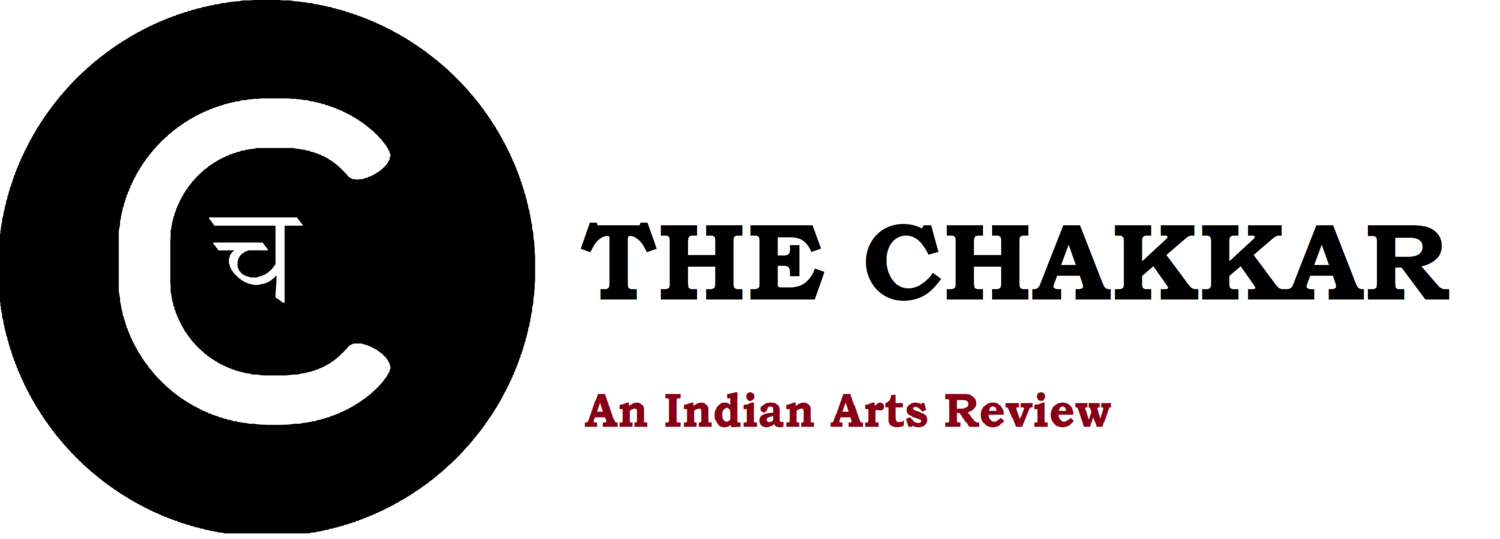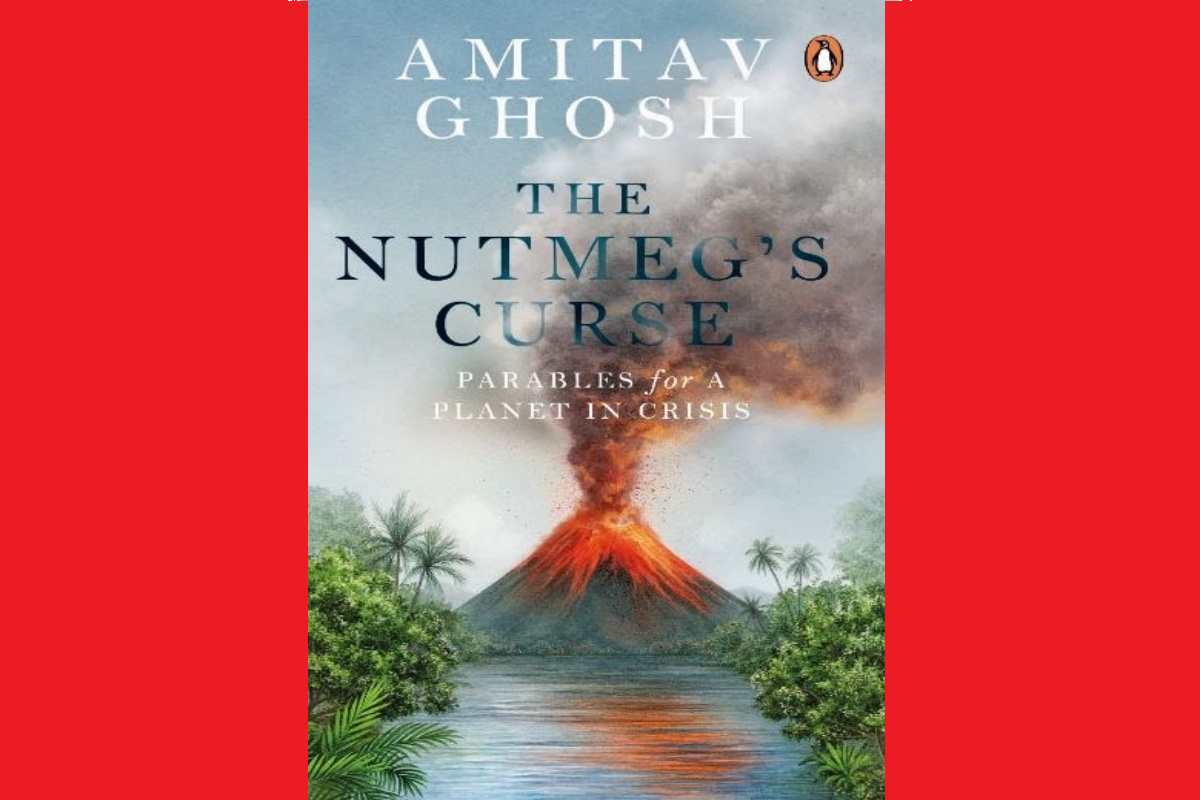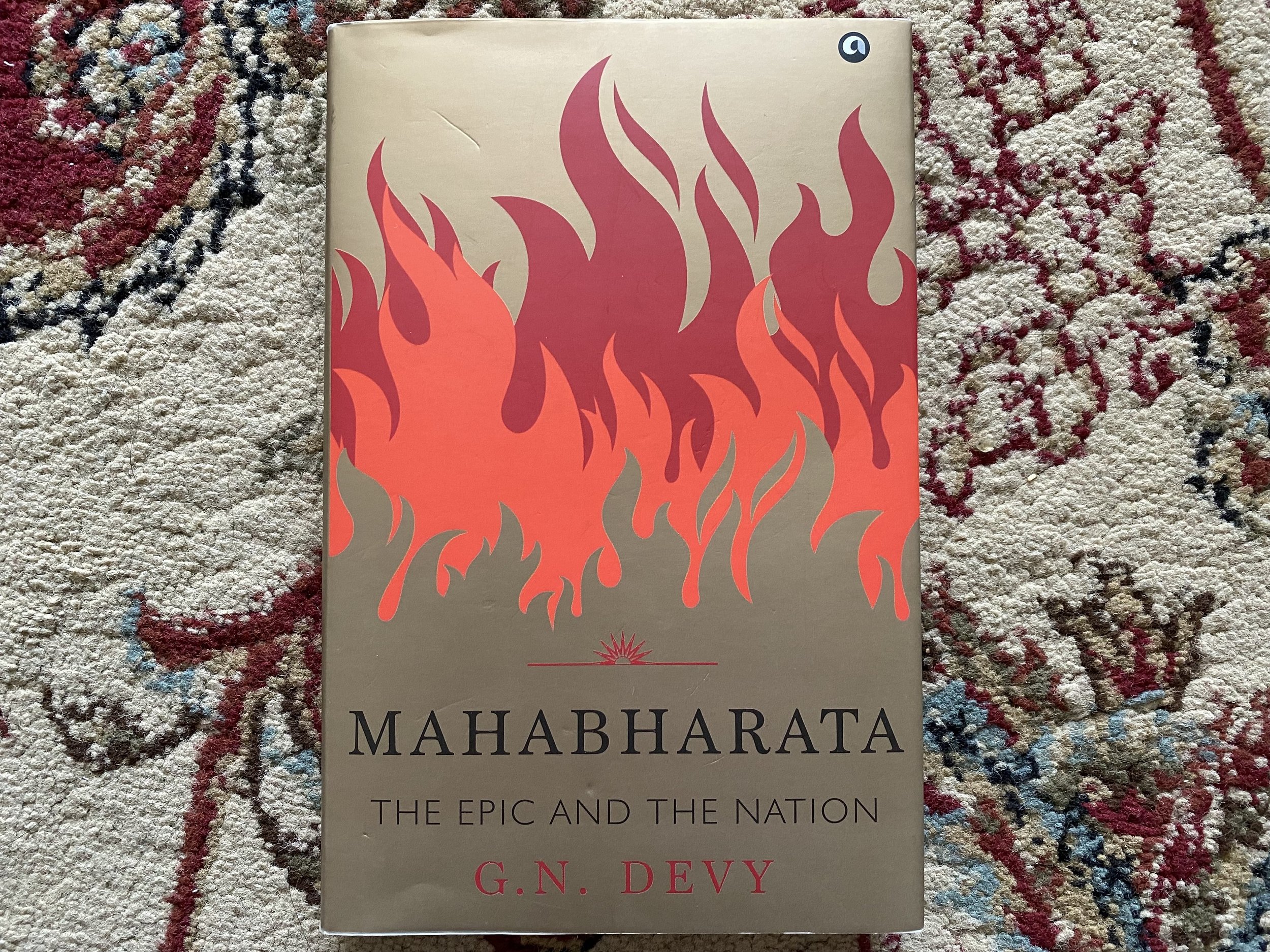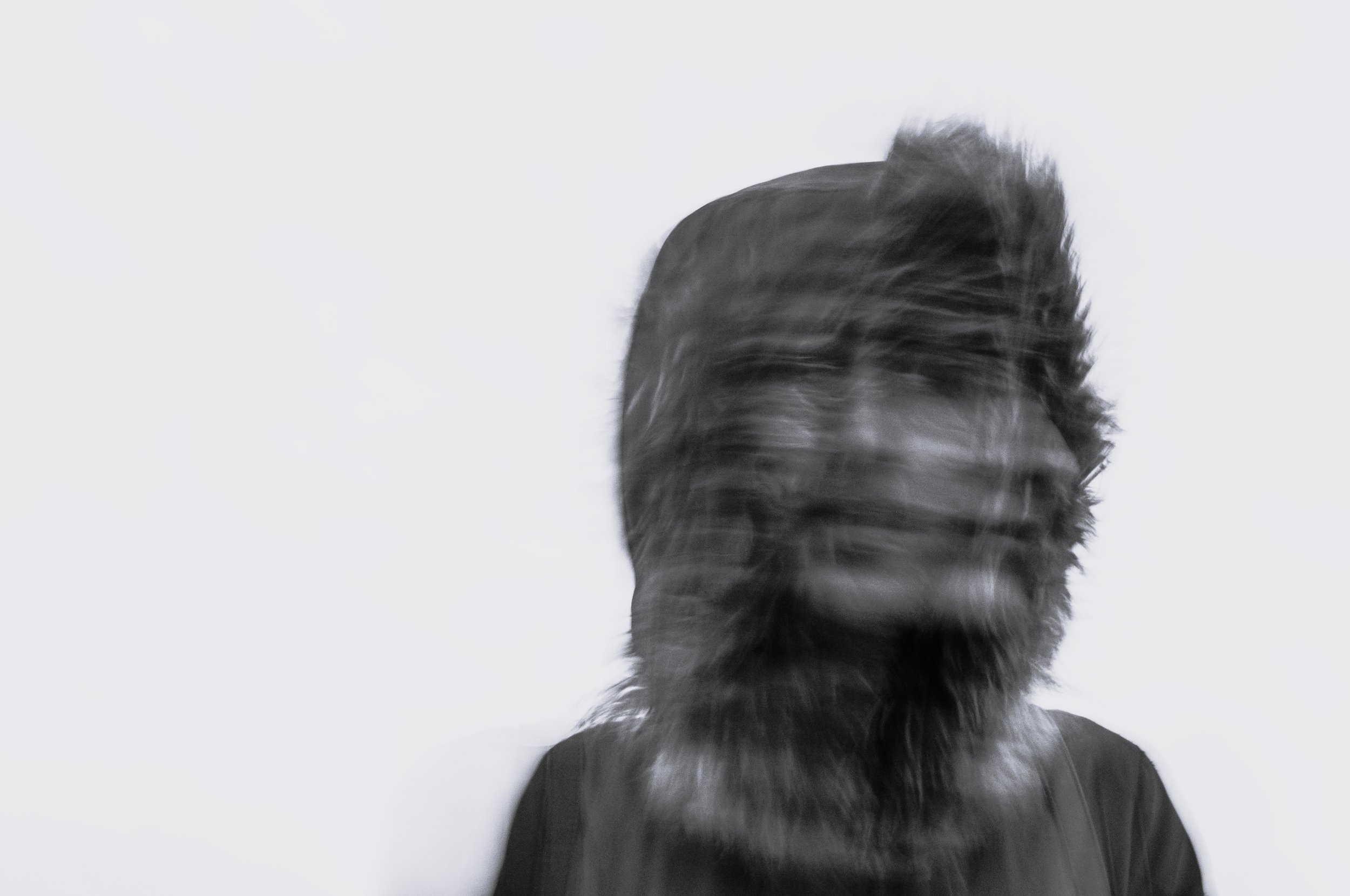In THE NUTMEG’S CURSE Amitav Ghosh gives voice to our ailing planet
In The Nutmeg’s Curse, Amitav Ghosh explores the epistemic gap between Enlightenment modernity’s designation of all nonhuman beings as objects meant to cater to human needs, and the indigenous worldview that identifies these ‘objects’ as active, vibrant, sentient individuals. By Paromita Patranobish
Authors of The Other: Social Realism in Indian Fiction
When it comes to social realist fiction, there is a fine line between giving voice to the voiceless and speaking on their behalf. Areeb Ahmad analyses literature by Puja Changoiwala and Deepa Anappara to examine how the genre manifests itself in recent Indian novels in English.
Priya: The Brown-Skinned Supergirl to the Rescue
Ram Devineni-created comic and puppet character Priya is India’s first girl superhero, a feminist icon inspiring a global environmental movement and systematic changes in ecological policies in India. By Anshika Ravi
The Ever-Moving Wheel: G.N. Devy on the Mahabharata
What is the purpose of the Mahabharata? In his short, succinct volume Mahabharata: The Epic and the Nation, G.N. Devy tackles the biggest questions behind one the greatest epics ever composed. By Karan Madhok
Naming the Unnameable: Daribha Lyndem’s NAME PLACE ANIMAL THING
In Daribha Lyndem’s novel Name Place Animal Thing, the effective use of layering of time, space, and cultural practices culminate into a generational arc of south Asian female adolescence and young adulthood. By Paromita Patranobish
Perumal Murugan Q&A: ‘It has always been my nature to go against the grain’
Acclaimed Tamil author (most-recently of Resolve) Perumal Murugan spoke about satire and literature, about men and women, and about being ‘controversy’s favourite child’. By Medha Dutta Yadav
On the refractive indices of words: The poetry of Sridala Swami
In his review of Sridala Swami’s collection Run for the Shadows (2021), Saurabh Sharma celebrates a poet whose ‘craft is like a prism, from which white light disperses into colourful bands’
The Performance of Trauma in Fiction
Priyanka Chakrabarty dives into examples of contemporary South Asian literature to explore the blurred line between trauma and ‘trauma porn’. Can fiction account for lived experiences and realities of trauma without making the plot performative?
Literary Hoomans and their Best Friends
A collection of 45 essays and stories written by several Indian writers, The Book of Dog brings the canine-human connection front-and-centre: the dogs we love, adopt, lose, and remember forever. By Chittajit Mitra
Dreaming Among Debris
Sayan Aich Bhowmik’s debut collection, I Will Come with a Lighthouse (Hawakal Publishers) dissolves the space between innate and extraneous, past and present, dreams and disillusionments, commonplace and cosmic, seamlessly flitting through rooms, cities, memory, borders and history. By Ritoshree Chatterjee
Where the darkness blooms into jasmine: The poetry of Zilka Joseph
In Zilka Joseph’s new collection In Our Beautiful Bones, Chintan Girish Modi celebrates the in-betweenness of cultures, the confluence of food, culture, politics, religion, and beauty from the vantage point of an Indian displaced abroad.
Droughts and Disillusions: On the Life of Godavari Dange
A true Indian tale of agrarian crisis, caste, and gender inequalities, is brought together in the graphic narrative, Raindrop in the Drought—the story of Godavari Dange. By Priyanka Chakrabarty















